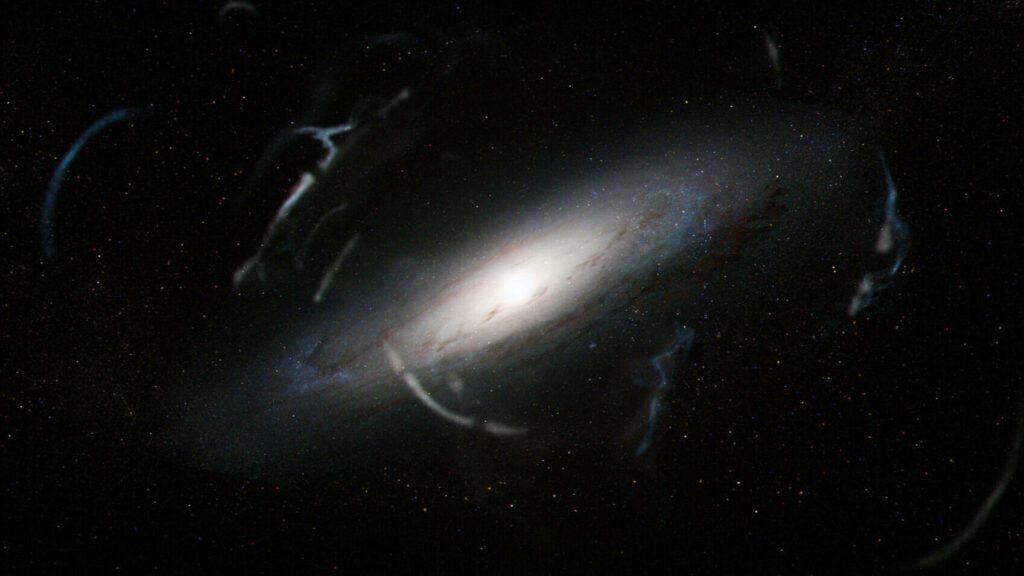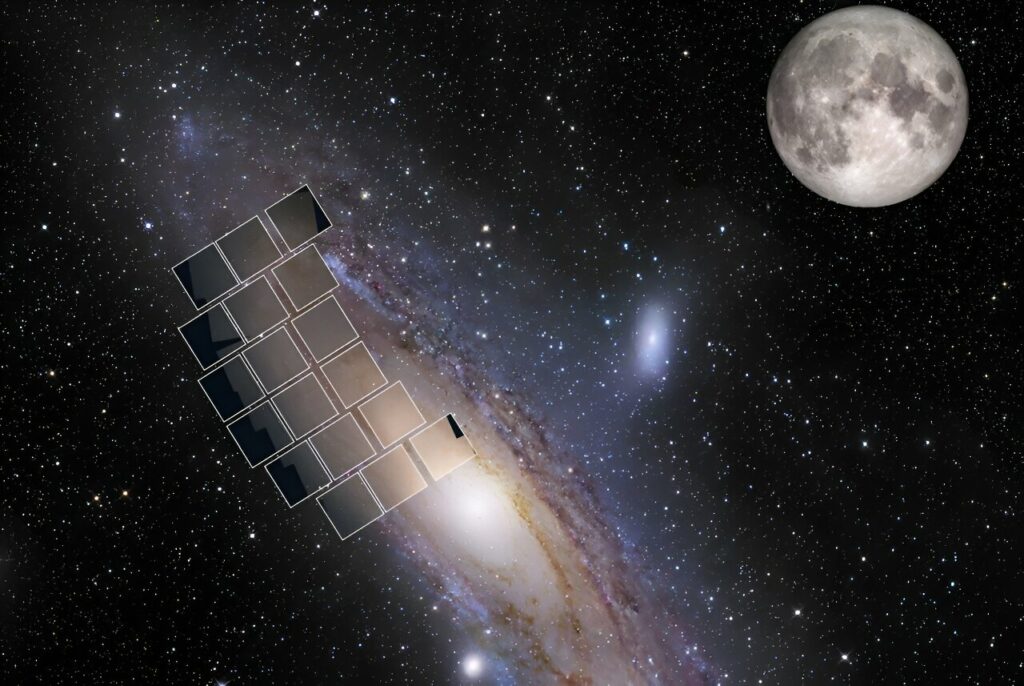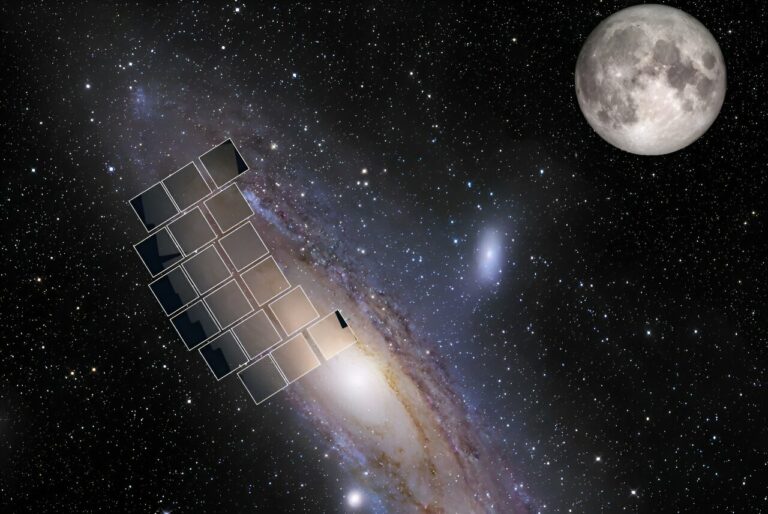Hunting for Dark Matter within Interstellar Gaps
Despite comprising approximately 27% of the universe, dark matter has remained elusive to direct observation by astronomers. However, a recent study conducted by an international team of researchers, including astrophysicists from Northwestern University, suggests that upcoming images from NASA’s Nancy Grace Roman Space Telescope could provide crucial insights into this mysterious substance.
In previous attempts to uncover dark matter, some astrophysicists focused on identifying gaps within streams of stars. These gaps, where the stellar structures are exceptionally thin, may exhibit disturbances caused by clumps of dark matter. However, such investigations have been limited to the Milky Way. By capturing images of the neighboring Andromeda galaxy, the Roman Space Telescope will significantly expand the available data on these thin stellar streams. This, in turn, could offer valuable information about the tangible characteristics of dark matter.
The findings of this study, which have been accepted for publication by The Astrophysical Journal, represent the first exploration of identifying gaps within star streams beyond our own galaxy. Northwestern’s Tjitske Starkenburg, a co-author of the study, explains that while gaps in our galaxy could potentially be attributed to dark matter, alternative explanations exist. The new study argues that observing these gaps in nearby galaxies will provide a more extensive dataset, enabling a better understanding of the potential existence and properties of dark matter clumps.
Starkenburg, a research assistant professor at Northwestern’s Center for Interdisciplinary Exploration and Research in Astrophysics (CIERA), and Christian Aganze, a postdoctoral fellow at Stanford University, who is the study’s lead author, are investigating the elusive nature of dark matter. As a hypothetical particle, dark matter cannot be directly observed due to its lack of emission, reflection, refraction, or absorption of light. Consequently, scientists must rely on indirect evidence to ascertain its existence.
Aganze explains that the impact of dark matter on galaxies serves as a crucial clue. When studying the rotation of galaxies, additional mass is required to account for their observed behavior. Dark matter is a potential candidate for this missing mass, providing a plausible explanation for the observed phenomena.

Astronomers have high hopes that valuable clues may be concealed within the elongated streams of stars that hang from globular clusters, which are tightly bound groups of stars numbering from dozens to millions. According to researchers, clumps of dark matter have the ability to penetrate these stellar streams and create gaps. By closely examining these gaps, astronomers aim to uncover indications of the presence of dark matter.
The significance of these streams in revealing the effects of dark matter clumps is twofold, as stated by Starkenburg. Firstly, these streams exist in the outermost regions of a galaxy where there is generally minimal structure. Secondly, these streams are inherently thin due to their formation from dense clusters of stars, making it easier to detect any gaps or disturbances.
Up until now, the search for globular cluster streams has been limited to a small number within the Milky Way using existing space- and ground-based telescopes. However, the upcoming Roman Space Telescope, positioned 1 million miles away from Earth, will allow astronomers to explore nearby galaxies and search for globular cluster streams for the first time.
Equipped with 18 detectors, Roman’s Wide Field Instrument will produce images that are 200 times larger than those captured by the Hubble Space Telescope’s near-infrared camera, and with slightly higher resolution.
In a recent study, Starkenburg, Aganze, and their colleagues simulated streams of stars, allowed them to interact with dark matter clumps to create gaps, and then generated mock observations of these gaps. Ultimately, the team concluded that the forthcoming images from the Roman Space Telescope should be able to detect these gaps. Furthermore, they estimate that this data can be efficiently obtained within as little as one hour of observing time.

When the time comes, the researchers have intentions to analyze the halo of dark matter encompassing Andromeda as well. While dark matter halos encircle all galaxies, including the Milky Way, the researchers have suspicions that they might discover indications of smaller sub-halos, as predicted by current models.
According to Starkenburg, “We anticipate that smaller dark matter sub-halos will interact with globular cluster streams. If these sub-halos exist in other galaxies, we anticipate observing gaps in globular cluster streams, which are likely caused by these sub-halos. This will provide us with fresh insights into dark matter, including the types of dark matter halos present and their masses.”
Starkenburg has already begun laying the foundation for the investigation into dark matter through a related project.
“Our team intends to develop a more intricate theoretical framework to model how globular clusters form into stellar streams,” she explained. “Subsequently, we will make predictions regarding the origins of stream-forming globular clusters and whether these streams will be observable with Roman.”
This article is republished from PhysORG under a Creative Commons license. Read the original article.
Do not forget to share your opinion with us to provide you with the best posts !





0 Comments